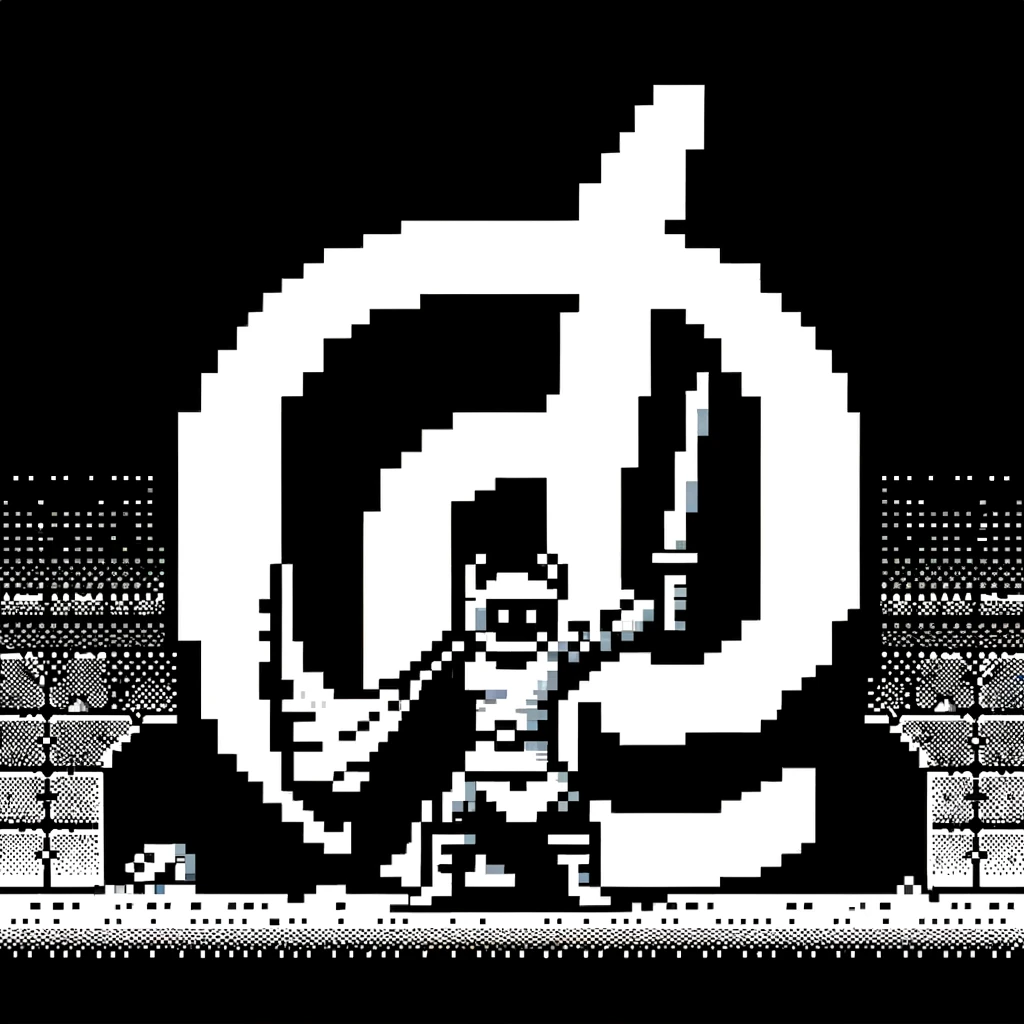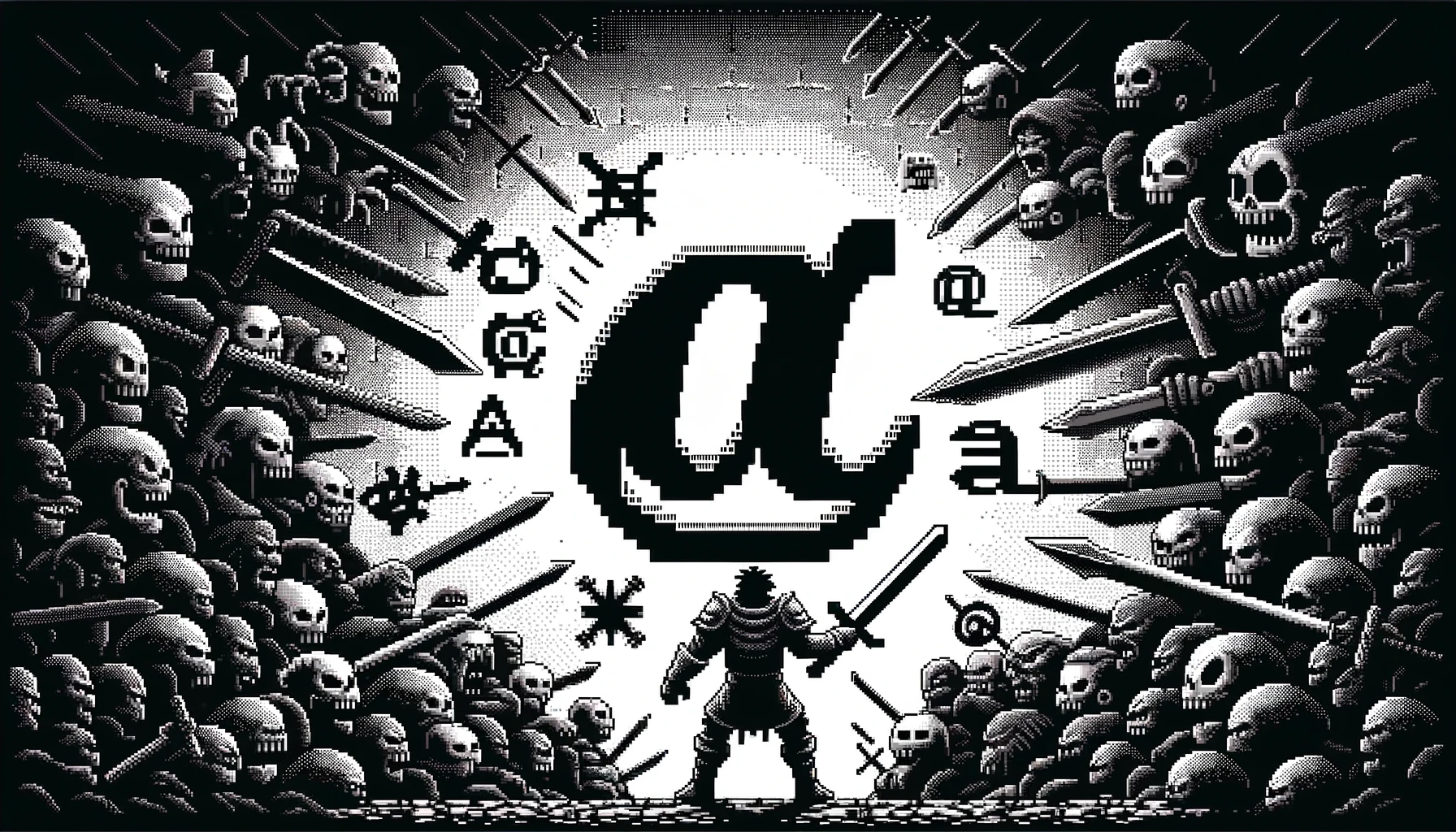The term “roguelike” has become a staple within the gaming community, describing a genre of games characterized by dungeon crawling, procedural generation, turn-based gameplay, tile-based graphics, and permanent death. However, the genesis of this genre can be traced back to a single pioneering title: Rogue. Developed in the early 1980s by Michael Toy and Glenn Wichman, Rogue introduced gamers to a novel concept of replayability and challenge that has since inspired countless games. In this article, we delve into how Rogue paved the way for the roguelikes in retro gaming, setting the foundation for a genre that thrives on unpredictability, strategy, and exploration.
Key Takeaways
| Aspect | Insight |
|---|---|
| Procedural Generation | Rogue‘s use of procedural generation created unique dungeons every playthrough, emphasizing exploration and adaptability. |
| Permanent Death | The concept of permadeath in Rogue introduced high stakes, making every decision crucial. |
| Influence on Modern Games | Rogue‘s legacy lives on, influencing not just roguelikes but various genres that incorporate its elements of randomness and challenge. |
Rogue‘s introduction to the gaming world was not just innovative; it was revolutionary. Set in a dungeon, the player navigated a character through levels filled with monsters, treasure, and danger, with the goal of retrieving the Amulet of Yendor. The game’s magic lay in its ability to generate a new dungeon layout every time it was played, ensuring that no two playthroughs were ever the same. This unpredictability became a hallmark of the roguelike genre, challenging players to adapt their strategies on the fly.
The Core Elements of Rogue That Defined Roguelikes
Rogue introduced several core elements that have since become defining features of the roguelike genre. These elements not only set the game apart from others of its time but also laid the groundwork for future games to build upon. Let’s delve deeper into each of these aspects:
- Procedural Generation: The cornerstone of Rogue‘s appeal, procedural generation, ensured that every dungeon dive was a unique experience. This innovation was not merely about randomness for its own sake; it was about creating a game that could surprise and challenge players in new ways with each playthrough. The technology behind this feature was rudimentary by today’s standards, but its impact was profound. It meant that the game’s dungeons, item placements, and enemy encounters were different every time, making each playthrough a distinct adventure. This unpredictability required players to adapt their strategies, making gameplay both challenging and engaging.
- Turn-based Combat: Rogue‘s combat system was turn-based, allowing players time to think through their actions carefully. This strategic element meant that success in the game was as much about planning and foresight as it was about quick reflexes. Each encounter could potentially be your last, making the decision-making process tense and rewarding.
- Tile-based Graphics: The game’s graphics were simple, utilizing ASCII characters to represent the dungeon, its inhabitants, and the player. This minimalist approach allowed for a wide imagination space, as players filled in the visual gaps with their minds. The simplicity of Rogue‘s presentation belied the complexity of its gameplay, proving that a game does not need cutting-edge graphics to be engaging and immersive.
- Permanent Death: Perhaps the most influential element introduced by Rogue was the concept of permadeath. Once your character died, that was it—there were no saves to reload, no checkpoints to return to. This permanent consequence for failure heightened the stakes of every decision made in the game. The tension of potentially losing all progress made each victory sweeter and each defeat a learning opportunity. Permadeath emphasized the importance of skill, strategy, and sometimes just plain luck, in overcoming the game’s challenges.
These core elements combined to create a game that was challenging, unpredictable, and endlessly replayable. They have been embraced, adapted, and expanded upon by countless games since, cementing Rogue‘s legacy as the progenitor of the roguelike genre and demonstrating the lasting appeal of its game design principles.
Rogue‘s Impact on Gaming
The seminal release of Rogue in the early 1980s marked a pivotal moment in the evolution of video games, setting the stage for the roguelike genre and influencing a wide array of gaming experiences across multiple generations. Its foundational mechanics—procedural generation, permadeath, turn-based combat, and tile-based graphics—have transcended their origins, inspiring not only the roguelike and roguelite genres but also permeating various other game types. This section explores the multifaceted impact of Rogue on the gaming industry.
- Foundation for the Roguelike Genre: Rogue‘s most direct impact has been the establishment of the roguelike genre, a category that includes games like Dungeon Crawl Stone Soup, Nethack, and Angband. These games have embraced and refined Rogue‘s core mechanics, offering players an endless variety of challenging experiences. The genre has become synonymous with a high difficulty level, strategic depth, and the thrill of exploration, attributes that can be traced back to Rogue‘s original design.
- Influence on Roguelite and Hybrid Games: Beyond traditional roguelikes, Rogue has inspired the creation of roguelite and hybrid games, which incorporate elements of roguelike gameplay into different genres. Titles such as The Binding of Isaac, Spelunky, FTL: Faster Than Light, and Dead Cells blend procedural generation and permadeath with mechanics from action, adventure, and strategy games, creating unique and innovative gaming experiences. These games have broadened the appeal of roguelike elements, demonstrating their versatility and enduring appeal.
- Encouraging Replayability and Experimentation: One of Rogue‘s lasting legacies is its emphasis on replayability. By ensuring no two playthroughs are the same, Rogue encouraged players to experiment with different strategies and approaches. This aspect of game design has become increasingly important in the industry, with developers striving to create games that keep players engaged for longer periods. The success of games with high replay value underscores the importance of dynamic content and adaptability in game design.
- Influencing Game Design and Development Philosophies: Beyond specific game mechanics, Rogue has influenced broader game design and development philosophies. It demonstrated the potential for games to offer deep, emergent gameplay experiences with relatively simple mechanics and minimal graphics. This has encouraged developers to focus on core gameplay loops and procedural content generation as means to provide depth and complexity. Moreover, Rogue‘s success with permadeath has led developers to explore the potential of high-stakes gameplay, where the consequences of failure are significant, adding emotional weight and tension to the gaming experience.
- Cultural Impact and Community Engagement: The cultural impact of Rogue extends beyond game design, fostering a dedicated community of players and developers who share a passion for roguelikes. Online forums, wikis, and annual events like the International Roguelike Development Conference and the 7-Day Roguelike Challenge highlight the vibrant community that has formed around the genre. These platforms and events facilitate the sharing of ideas, collaboration on projects, and discussions about the future of roguelikes, ensuring the genre remains dynamic and innovative.
In sum, Rogue‘s impact on gaming is profound and multifaceted. Its innovative mechanics have not only spawned an entire genre but have also influenced countless games and developers. Its legacy is a testament to the power of gameplay innovation and the enduring appeal of challenging, strategic, and replayable gaming experiences.

Challenges and Innovations
The groundbreaking nature of Rogue introduced not only revolutionary gameplay mechanics but also presented significant challenges to both players and developers, which in turn spurred numerous innovations within the gaming industry. These challenges, stemming from the game’s procedural generation, permadeath, and complexity, forced players to adopt new strategies and ways of thinking, while developers were inspired to explore new frontiers in game design and player engagement.
- Adapting to Unpredictability: The procedural generation of dungeons in Rogue meant that players could not rely on memorization or predetermined strategies to progress. This unpredictability was a double-edged sword; it provided endless variety and replayability but also made the game notoriously difficult. Players had to develop adaptive strategies, learning to make the most of the resources they encountered in each run. This challenge of adaptability became a driving force for innovation, encouraging players to think creatively and developers to design games that rewarded such ingenuity.
- Coping with Permadeath: The concept of permadeath introduced by Rogue was perhaps its most polarizing aspect. The high stakes of losing all progress upon death taught players to approach the game with caution and strategy, valuing each decision’s impact. This harsh penalty also highlighted the importance of learning from failure, a lesson that has influenced the design of many modern games. Developers have innovated around this concept, introducing features like legacy systems in games where progress or knowledge is partially retained across playthroughs, softening the blow of permadeath while maintaining its tension and significance.
- Embracing Minimalism for Maximum Effect: Rogue‘s simple tile-based graphics and turn-based gameplay demonstrated that complex, immersive experiences do not necessarily require cutting-edge technology or visuals. This minimalism allowed for greater focus on gameplay depth and narrative imagination, inspiring developers to explore how less can indeed be more. The innovation here lies in leveraging simplicity to create engaging, deep gameplay experiences, a principle that has influenced the indie game development scene in particular.
- Fostering a Culture of Innovation: The challenges presented by Rogue did not deter gamers or developers; instead, they sparked a culture of innovation within the community. The game’s success proved that there was a market for challenging, unconventional games, encouraging developers to experiment with new ideas and mechanics. This has led to a rich diversity of games that blend genres, push boundaries, and challenge players in new and interesting ways.
In essence, the challenges posed by Rogue have been instrumental in driving forward the gaming industry. By forcing players to adapt to its ruthless mechanics and developers to think outside the box, Rogue has fostered a legacy of innovation that continues to influence the design and development of games across all genres.
Conclusion
Rogue not only paved the way for the roguelikes but also demonstrated the potential of video games as a medium for delivering unique, replayable experiences. Its legacy is a testament to the importance of innovation in game design, inspiring developers to experiment and players to explore.
